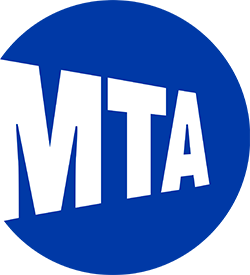You can only claim workers’ compensation for injuries taken on the job, so it’s essential to understand when you are officially considered “on the job” in New York.
For the most part, thanks to the “coming and going” rule, you are “on the job” when you arrive at work and “off the job” when you leave employment.
Yet New York has carved out several exceptions to these rules.
Entering or Leaving the Premises
If the employer owns the premises, then you’re covered. For example, if you park in an employer-controlled parking lot and slip and fall on ice that’s in the parking lot, then you would generally be eligible for compensation, even if you were on your way to your car to leave work at the end of your shift.
If the parking lot is not owned or controlled by an employer, you may have a more challenging time claiming workers’ compensation, but it’s not impossible. It may depend on why you parked in the parking lot you chose rather than the employer-controlled one.
Work-Related Travel
Do you work in outside sales? Are you a plumber or other home repair person who routinely travels to customer homes? Workers’ compensation also covers meal breaks for these employees.
Do you routinely travel out of state for work? In these cases, the entire business trip is covered from the moment you leave, even if you’re traveling in your car and collecting a mileage reimbursement.
Special Errands
Occasionally, an employer might send you off on an errand different from your regular day-to-day employment duties. For example, an executive might send an admin out to drop something off at the post office.
Your travel to and from the post office should be covered as long as you don’t divert to any personal errands during that time. The courts use a two-part test: they ask whether the employer encouraged or directed the errand and if the employer benefited from the errand in any way.
However, if the court does this at the end of your workday, your usual commute home would be covered because the errand has altered the risks of commuting home (your regular route). For an example, see the 1995 case Neacosia v. NY Power Authority.
Get Help Today
While seemingly simple on its surface, the coming and going rule, like all laws surrounding New York workers’ compensation, can quickly become quite complicated.
If you’ve been injured at work and your employer is starting to question whether your injury arises from your employment, don’t wait. Contact our office to protect your workers’ compensation claim with help from experienced lawyers who can use the law to your advantage. We’ll tell you whether you have a case at all and can help you determine your next steps if you do.
See also:
How Can I Prove My Injury Happened at My New York Workplace?
Steps to Take After Getting Injured on the Job in New York
How Credibility Impacts Your Workers’ Comp Claim



